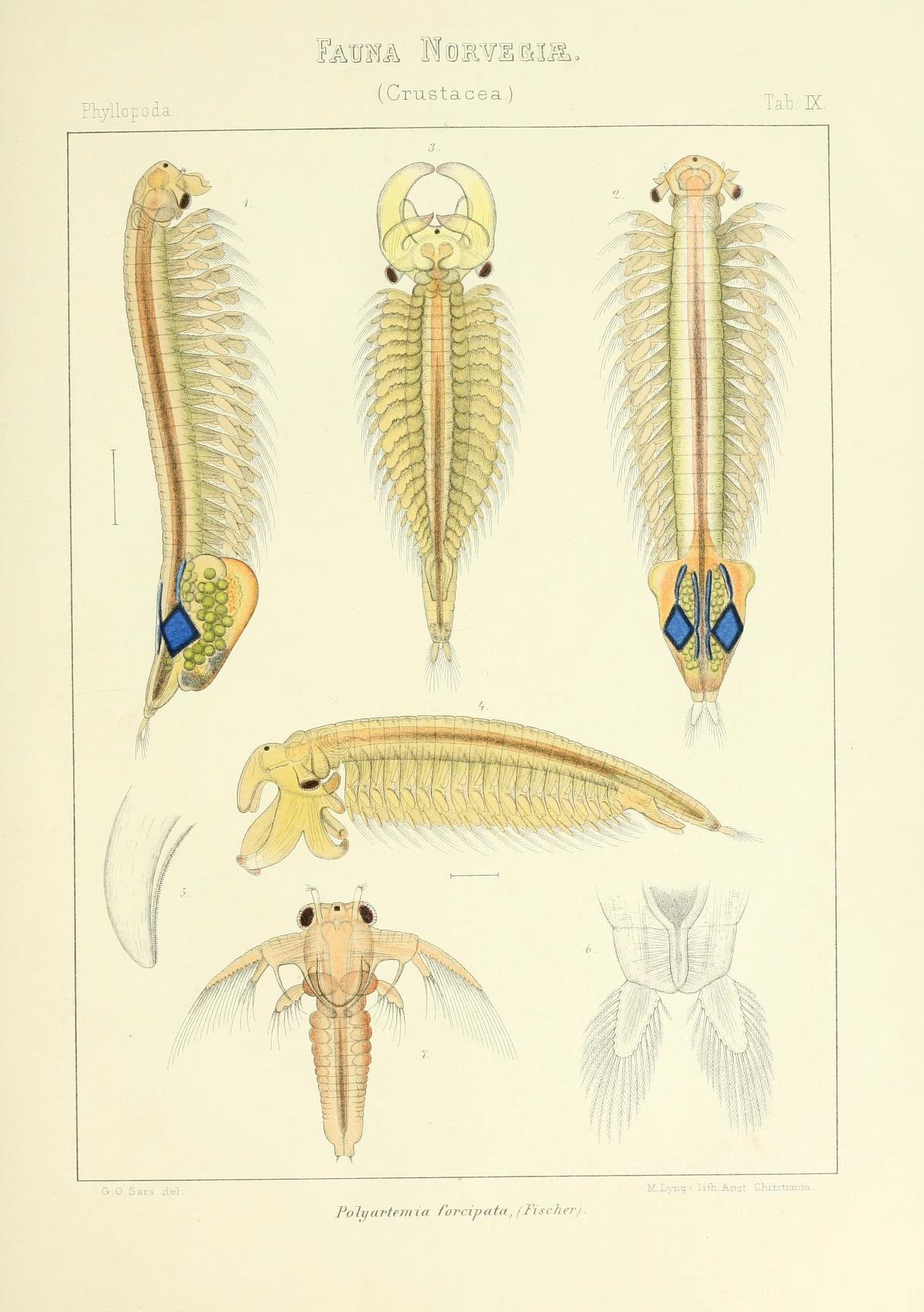USDA seeks public comment on the Environmental Quality Incentives Program
The U.S. Department of Agriculture (USDA) is publishing a rule that outlines how it will improve the Environmental Quality Incentives Program (EQIP), one of USDA’s largest conservation programs. The interim final rule includes program changes authorized by Congress in the 2014 Farm Bill.
USDA has established a 60-day comment period for the rule. The rule is available in the Federal Register and regulations.gov. Public comments can be submitted through regulations.gov or by mailing them. Comments are due by February 10, 2015. Full details are in the Federal Register notice.
“This interim final rule provides a roadmap to help streamline and simplify EQIP for farmers and ranchers,” Agriculture Secretary Tom Vilsack said. “We strongly encourage agricultural producers, private forest landowners and stakeholders to provide comments on our implementation processes. This feedback will help us improve our operation and deliver technical and financial assistance more efficiently to our nation’s agricultural producers and forest landowners.”
The changes are intended to simplify the EQIP regulation regarding conservation practice scheduling, payment limitations and other administrative actions. Vilsack said USDA has enhanced EQIP by streamlining the delivery of technical and financial assistance to agricultural producers and forest landowners nationwide.
Highlights of program changes in this rule include the following:
- Establishes EQIP as a contributing program for the Regional Conservation Partnership Program;
- Requires at least 5 percent of available EQIP funds be targeted for conservation practices that promote wildlife habitat;
- Increases the advanced payment from 30 percent to 50 percent for eligible historically underserved producers, including beginning farmers, to help purchase material or contract services;
- Targets assistance to veteran farmers and ranchers including eligibility for the new 50 percent advance payment and up to 90 percent of the cost to implement EQIP conservation practices;
- Increases the payment limitation for EQIP from $300,000 to a maximum of $450,000 for benefits received during 2014-2018 and removes the option for a waiver to exceed payment limitations;
- Eliminates the requirement for a program contract to remain in place for one year after the last practice has been implemented, allowing practices to be scheduled through the tenth year of a contract;
- Includes an option to waive the irrigation history requirement under certain
conditions;
- Incorporates the Wildlife Habitat Incentives Program functions into EQIP.
This rule follows the publication of the Conservation Stewardship Program (CSP) interim final rule in the Federal Register on November 5. USDA is also seeking comments for the CSP rule.
USDA’s Natural Resources Conservation Service (NRCS) administers EQIP, a voluntary program that provides financial and technical assistance to eligible agricultural producers and forest landowners to help them address soil, water, air and related natural resource concerns on their lands in an environmentally beneficial and cost-effective manner. Resulting conservation and environmental benefits include improved water and air quality, reduced soil erosion and sedimentation, improved energy conservation, improved grazing and forest lands, and created or improved wildlife habitat on working farms, ranches and non-industrial forestlands.
EQIP has touched the lives of hundreds of thousands of agricultural producers and forest landowners since its launch in 1997. From that time through 2014, USDA has invested in 596,481 contracts for a total of nearly $11 billion on nearly 232 million acres nationwide.
For more information about interim final rules for USDA NRCS’s Farm Bill conservation programs, visit EQIP Rule page.
For more information on technical and financial assistance available through EQIP, visit the EQIP Web page.
USDA is an equal opportunity provider and employer.

